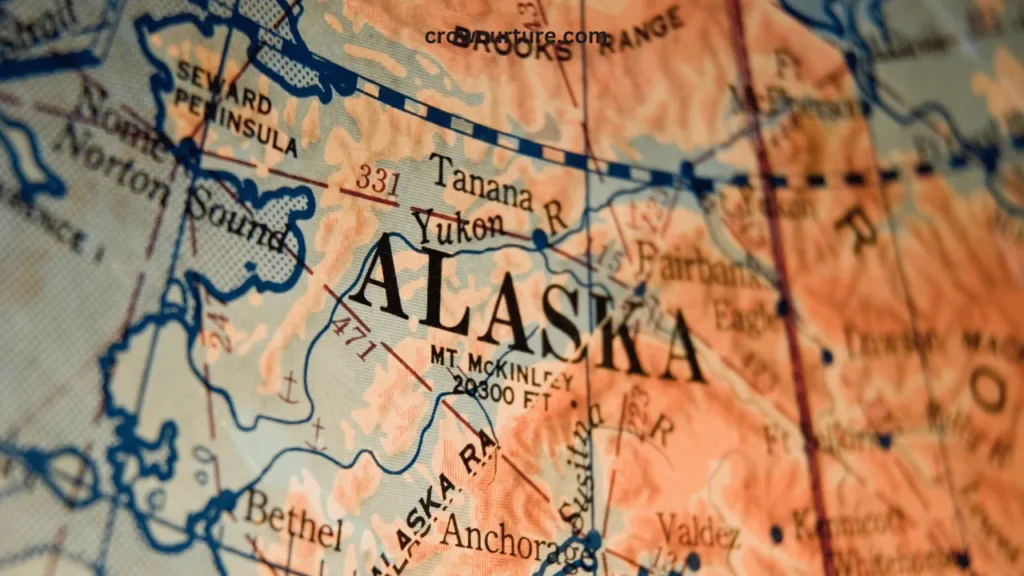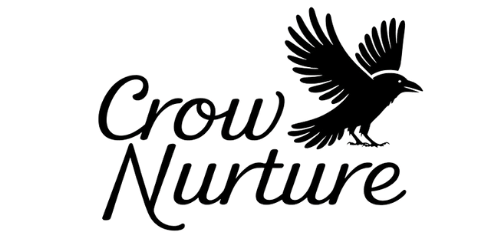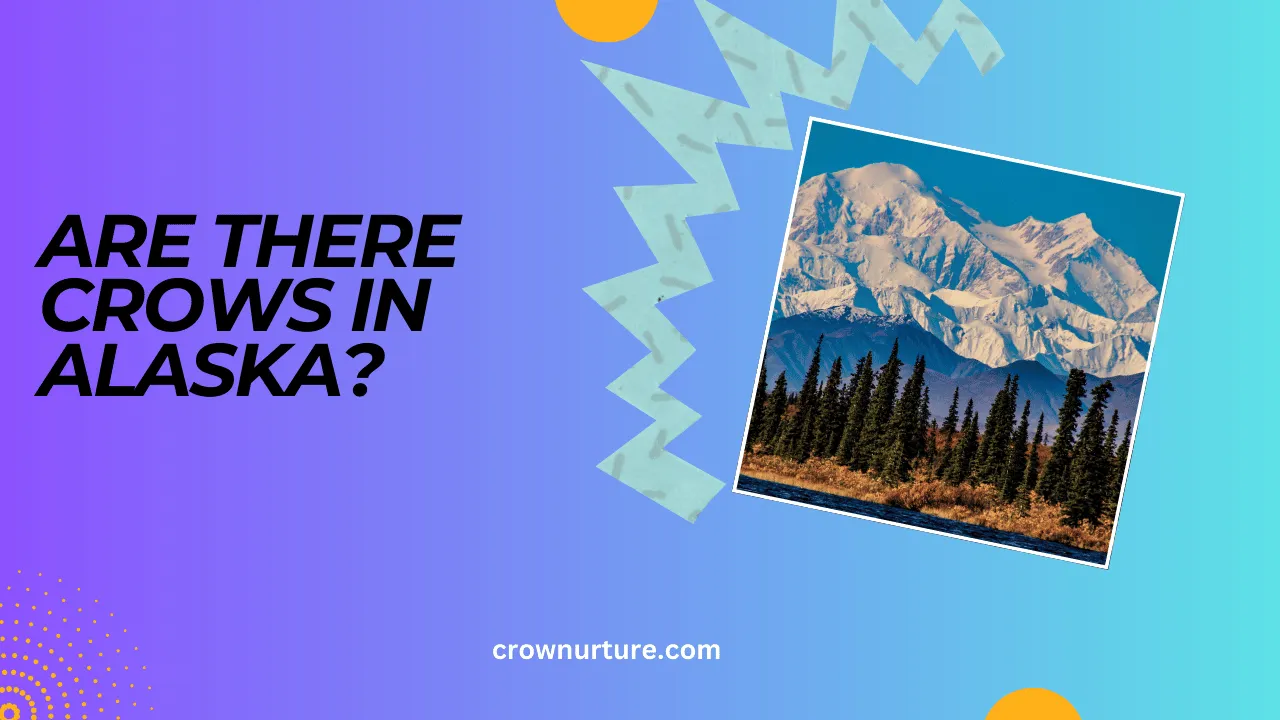Alaska—a vast, wild frontier filled with towering mountains, glaciers, and endless forests—seems like a place where only the toughest animals can thrive. But as you explore this rugged land, one might wonder: Do crows call Alaska home?
Known for their adaptability and intelligence, crows are a common sight across many parts of North America. However, the harsh environment of Alaska presents a unique challenge for these birds.
This article will take a deep dive into the world of crows in Alaska, examining their distribution, habitats, and behavior in this extreme landscape. By understanding how crows have adapted to the Alaskan climate, we can gain a new appreciation for these remarkable birds.
We’ll also explore the types of crows found in Alaska, their feeding habits, interactions with humans, and their overall ecological importance in the state. Whether you’re a nature lover, a bird enthusiast, or simply curious about the wildlife of Alaska, this post has you covered.

Contents
- 1 1. Crow Species in Alaska
- 2 2. Habitat Preferences
- 3 3. Feeding Habits
- 4 4. Interactions with Humans
- 5 5. Conservation and Management
- 6 Conclusion
- 7 FAQs
- 7.1 1. Are there any specific regions in Alaska where crows are more prevalent?
- 7.2 2. Do crows migrate in Alaska?
- 7.3 3. Can crows be a nuisance to humans in Alaska?
- 7.4 4. Are there any legal protections for crows in Alaska?
- 7.5 5. How can I coexist peacefully with crows in my Alaskan neighborhood?
- 7.6 6. Do crows have any cultural significance in Alaska?
1. Crow Species in Alaska
In Alaska, Common Ravens are more prevalent than other crow species. Ravens, larger and darker than crows, can be found across the state. They are highly intelligent and well-suited for the Alaskan wilderness.
The American Crow is less common in Alaska, but it can be found in warmer coastal areas or urban environments. While not as widespread as ravens, these crows still manage to thrive where resources are available.
Despite the dominant presence of ravens, both species showcase the adaptability that allows crows to inhabit such an extreme environment.
2. Habitat Preferences
Crows in Alaska are highly adaptable, living in a variety of habitats. While they are more commonly found in coastal and urban areas, they also inhabit forests and even the tundra. These diverse environments provide ample resources for crows, from food to shelter.
Their adaptability enables them to make the most of Alaska’s varied ecosystems, whether they’re foraging for food or building nests. Urban areas, with their human activity, provide a consistent source of food, especially in the form of garbage and leftover scraps.
By thriving in such a wide range of habitats, crows have shown that they are capable of surviving and thriving in nearly any environment, even Alaska’s toughest conditions.

3. Feeding Habits
Crows are omnivores, meaning they eat a wide variety of foods, including seeds, insects, small mammals, and carcasses. This versatile diet helps them survive in areas where food may be scarce, particularly in the Alaskan wilderness.
As scavengers, crows often feed on leftover food or garbage, taking advantage of human settlements and coastal areas for easy meals. They play an important role in the local ecosystem, cleaning up decaying organic matter.
However, crows’ feeding habits can impact local ecosystems. Their scavenging may disrupt other species’ access to food, while their omnivorous diet allows them to thrive where other birds struggle.
4. Interactions with Humans
In Alaska, crows occasionally cause problems for humans, especially in urban settings. They may scavenge food, damage crops, or become a nuisance by nesting in buildings. However, these interactions are usually harmless and stem from crows seeking food.
To manage crow populations, people often employ non-lethal techniques such as visual deterrents or loud noises to discourage crows from nesting in unwanted areas. In rare cases, lethal methods are used, but this is typically reserved for situations where crows are a major problem.
Crows also hold cultural significance in many Alaskan indigenous cultures, symbolizing wisdom and adaptability in their folklore. This connection shows that humans have a long history of interacting with these fascinating birds.
5. Conservation and Management
Crows in Alaska are not currently considered a threatened species, but they face challenges due to habitat loss, climate change, and human activity. Despite these challenges, their populations remain relatively stable.
Although there are no specific conservation programs for crows in Alaska, their role in the ecosystem as scavengers and seed dispersers is vital to maintaining ecological balance. In areas where habitat destruction is a concern, efforts to protect these birds could ensure their continued survival.
Research into crow populations helps scientists understand how these intelligent birds adapt to the changing environment, which is crucial for preserving their place in Alaska’s ecosystem.
Conclusion
While Alaska may not be teeming with crows like other parts of North America, they still manage to carve out a space in this harsh environment. Whether in coastal areas, urban centers, or remote wilderness, these adaptable and intelligent birds continue to thrive.
Understanding the role of crows in Alaska’s ecosystem helps us appreciate their ecological significance. With their versatile diet and unique behaviors, crows are not just survivors—they are vital contributors to the health of the environment. By recognizing their importance, we can better ensure their continued presence in the wilds of Alaska.
FAQs
1. Are there any specific regions in Alaska where crows are more prevalent?
Crows are more commonly found in coastal areas and urban environments, where food is abundant.
2. Do crows migrate in Alaska?
Some crow populations migrate south in winter, but many remain in Alaska year-round, especially in urban areas.
3. Can crows be a nuisance to humans in Alaska?
Yes, crows can scavenge food and sometimes damage crops, but most interactions are generally harmless.
4. Are there any legal protections for crows in Alaska?
Crows are not typically protected, but it is illegal to harm or kill them without a permit
5. How can I coexist peacefully with crows in my Alaskan neighborhood?
To minimize conflicts, secure garbage, use bird deterrents, and avoid feeding them directly.
6. Do crows have any cultural significance in Alaska?
Yes, Alaskan indigenous cultures view crows as symbols of wisdom and adaptability.








